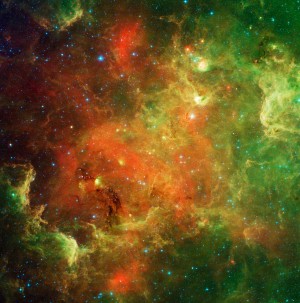Posts Tagged ‘Draco the Dragon’
Earthsky Tonight—July 4, Draco the Dragon on July

Courtesy of EarthSky A Clear Voice for Science www.EarthSky.org At nightfall tonight, the starlit Eyes of Draco the Dragon peer down upon you from almost overhead. Their names are Eltanin and Rastaban. If the sun, Eltanin and Rastaban all were located the same distance from us, it’s thought that Eltanin would shine 600 times more brightly than our sun and that Rastaban would shine 950 times more brightly. Though Rastaban is actually the more luminous of these two stars, Eltanin appears ... Full Story
Earthsky Tonight—June 4: Rastaban and Eltanin belong

Courtesy of EarthSky A Clear Voice for Science www.EarthSky.org One of you asked, "What are constellations?" The answer is that they are just patterns of stars on the sky’s dome. The Greeks and Romans, for example, named them for their gods and goddesses, and for many sorts of animals. In the 20th century, the International Astronomical Union (IAU) formalized the names and boundaries of the constellations. Now every star in the sky belongs to one or another constellation. The stars within ... Full Story
Earthsky Tonight—June 3: See Draco the Dragon and a
Courtesy of EarthSky A Clear Voice for Science www.EarthSky.org If you have a dark sky, you will be able to pick the constellationDraco the Dragon winding around the North Star, Polaris. First, find the Big Dipper high in the north on June evenings. The two outer stars in the Dipper’s bowl point to Polaris, the North Star, which marks the end of the Little Dipper’s handle. The Little Dipper is relatively faint. If you can find both Dippers, then your sky is probably pretty dark. In ... Full Story
Earthsky Tonight—June 2: Little Dipper, Clipped

Courtesy of EarthSky A Clear Voice for Science www.EarthSky.org The Little Dipper is an asterism – a star pattern that is not a constellation. The Little Dipper really belongs to the constellation Ursa Minor the Little Bear. Richard Hinkley Allen in his book STAR NAMES Their Lore and Meaning claims the Greek constellation Ursa Minor was never mentioned in the literary works of Homer (9th century B.C.) or Hesiod (8th century B.C.). That is probably because this constellation was not around at ... Full Story








